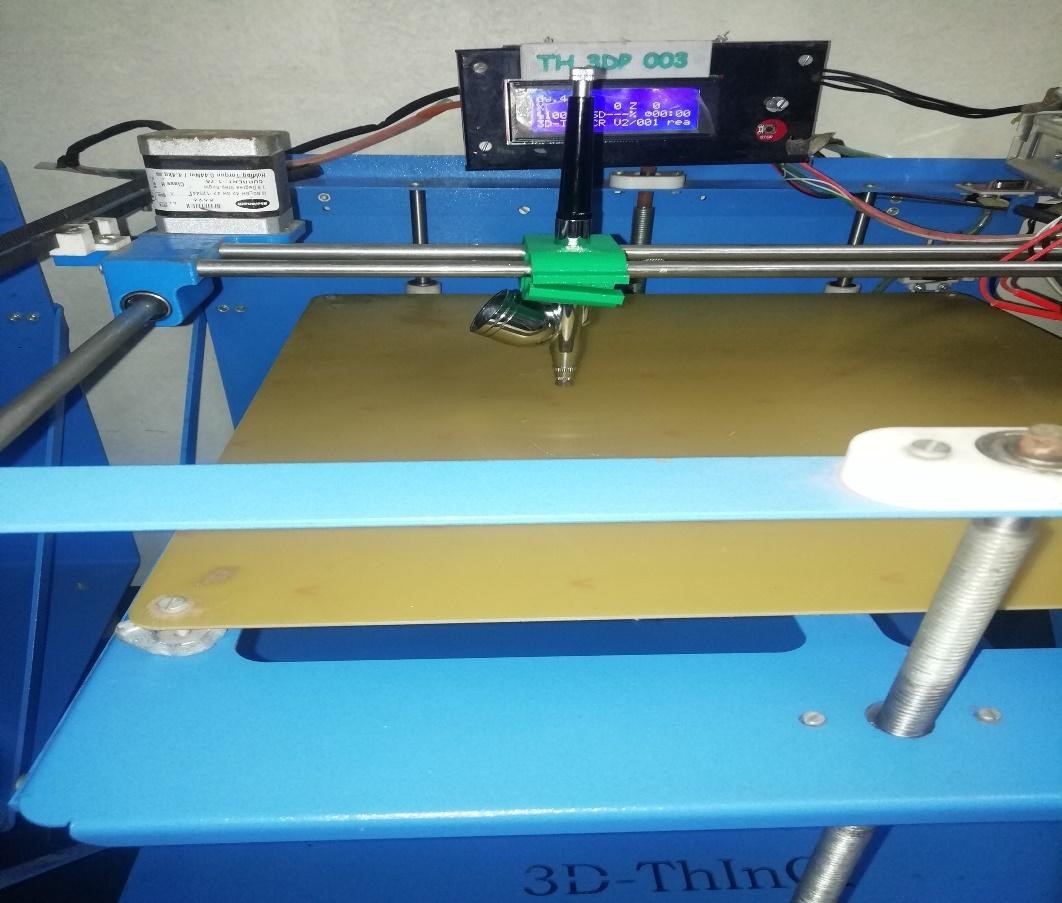- Reportedly, more effective than N-95, 3-ply and cloth masks: Founder Director, Thincr Technologies India
An integration of 3D printing and pharmaceuticals has resulted in a novel type of mask which attacks the virus when viral particles come in contact with it. Developed by Pune-based start-up firm Thincr Technologies India Private Limited, these masks are coated with anti-viral agents known otherwise as virucides. The virucidal mask project is among the earliest projects to have been selected for commercialization, by Technology Development Board (TDB), a statutory body of the Department of Science and Technology, Government of India, as part of the Government’s fight against COVID-19.

Addressing the Need for High Quality More Effective Masks
Thincr Technologies India works in development of Fused Deposition Modeling (FDM) 3D-printers to discover new pharmaceutical formulations and drug-loaded filaments of different drugs. Founder Director Dr. Shital kumar Zambad explains: “We started thinking of the problem and possible solutions, during the initial days of the pandemic. We sensed that use of face masks will become nearly universal as the most important tool to prevent infection. But we realized that most masks which were then available and within the reach of common people were homemade and of relatively low quality. It is this need for high-quality masks which led us to undertake a project to develop and commercialize cost-effective and more efficient virucidal coated masks, as a better approach to reduce the spread of infection”.
The Development Journey
With this aim, Thincr Technologies began to focus on developing virucidal coating formulations. It was developed with support from Merck Life Sciences located in Nerul, whose research facility was used for the purpose. The coating formulation has been utilized to coat the fabric layer and the 3D printing principle was employed to achieve uniformity of coating. The coated layer can be incorporated as an additional layer in N-95 masks, 3-Ply masks, simple cloth masks, 3D printed or other plastic cover masks, along with reusable filters. These masks thus provide an additional protection beyond the protection achieved by filtration mechanisms.




